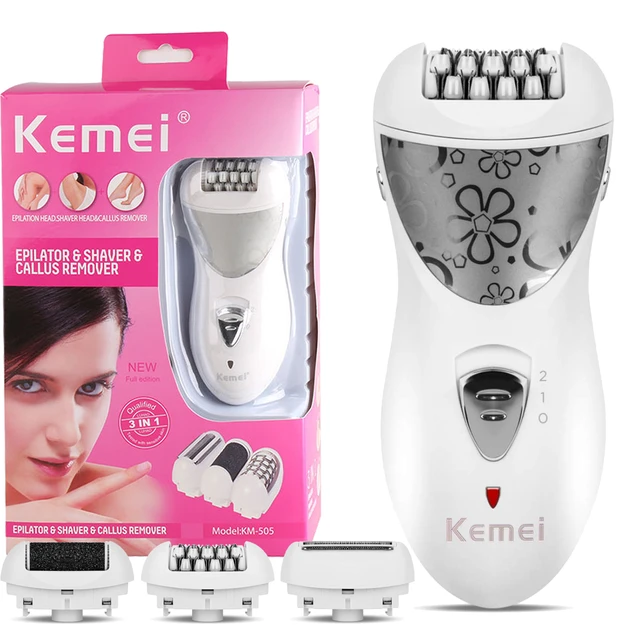
How does an epilator work on face?
Introduction:
Epilators are commonly used for hair removal on various parts of the body, but using an epilator on the face requires special care and attention. Facial hair can be more delicate and sensitive compared to body hair, and the facial skin is more prone to irritation and redness. In this guide, we will explore how an epilator works on the face and provide important considerations for facial epilation. We will discuss the benefits, potential risks, proper technique, and aftercare for using an epilator on the face. By understanding these factors, you can safely and effectively use an epilator for facial hair removal.
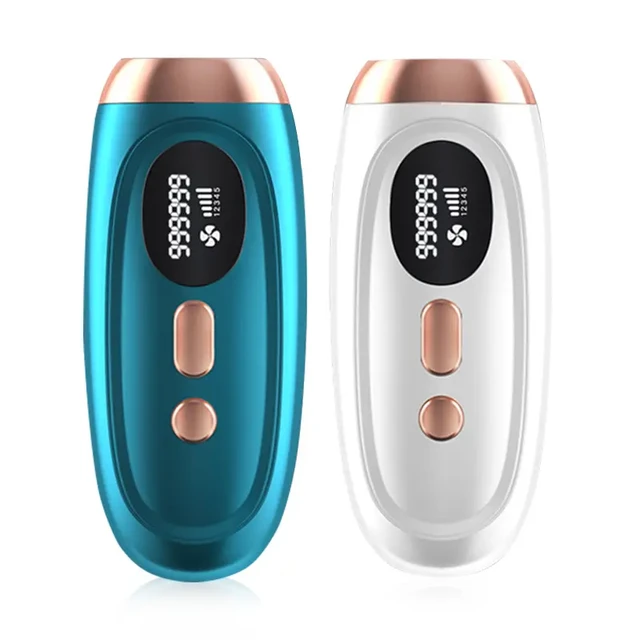
How does an epilator work on face?
Understanding Facial Epilation:
Epilators designed for facial hair removal are smaller in size and offer precision for targeting specific areas of the face. They typically have attachments or features that cater to different facial zones like the upper lip, chin, cheeks, or eyebrows. Facial epilators work in a similar way to those used on the body, utilizing rotating tweezers or discs to remove hair from the root.
Benefits of Facial Epilation:
Using an epilator for facial hair removal offers several benefits:
a. Precise Hair Removal: Facial epilators allow for precise control, making it easier to target specific areas or individual hairs. This is particularly useful for shaping eyebrows, removing upper lip hair, or tidying up other facial hair areas.
b. Longer-Lasting Results: Epilation removes hair from the root, resulting in longer-lasting hair-free periods compared to methods like shaving or depilatory creams. This can be advantageous for individuals who prefer less frequent maintenance.
c. Convenience: Facial epilators are portable and can be used in the comfort of your own home at a time that suits you. This offers convenience and flexibility for maintaining facial hair.
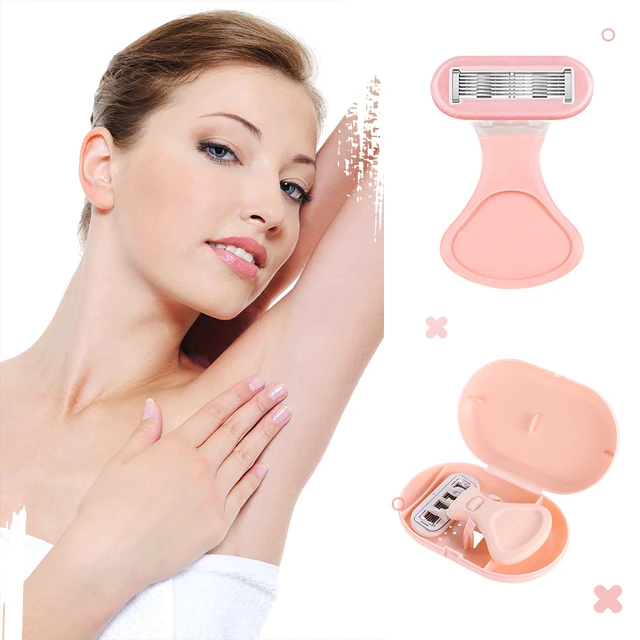
Important Considerations for Facial Epilation:
When using an epilator on the face, there are several important considerations to keep in mind:
a. Hair Length:
Ensure that the facial hair is long enough for the epilator to grip effectively. If the hair is too short, the epilator may not be able to fully remove the hair from the root, resulting in incomplete hair removal or breakage.
b. Skin Sensitivity:
Facial skin is more sensitive than other areas of the body, and the hair follicles on the face may be denser. This can make epilation more uncomfortable, especially for individuals who have not used an epilator before or have low pain tolerance. It is important to be aware of your skin’s sensitivity and adjust the speed or sensitivity settings of the epilator accordingly.
c. Redness and Irritation:
Epilation can cause temporary redness and skin irritation, particularly on the face. This is a normal reaction and usually subsides within a few hours. However, individuals with sensitive skin or conditions such as rosacea or eczema may experience heightened redness or irritation. It is advisable to test the epilator on a small area of the face first to assess your skin’s response before proceeding with full facial epilation.
d. Avoid Sensitive Areas:
Exercise caution around sensitive areas such as the eyes, eyelids, or areas with broken or irritated skin. Epilation in these areas can cause discomfort and potential injury. Avoid using the epilator on any moles, warts, or other skin irregularities.
e. Proper Technique:
Using the correct technique is crucial for effective and safe facial epilation. Hold the skin taut with your free hand to ensure smooth and precise hair removal. Move the epilator in the opposite direction of hair growth, applying gentle pressure without pressing too hard.
f. Eyebrows:
If using the epilator for eyebrow shaping, be careful to only remove stray hairs outside the desired shape. It is advisable to use a dedicated eyebrow attachment or smaller-sized epilator head for better control and precision.
g. Eyelashes and Eyebrows:
Never attempt to use an epilator on the eyelashes or inside the eyebrows. These areas require specialized tools and techniques, and any attempt to use an epilator in these sensitive areas can lead to injury or damage.

Aftercare for Facial Epilation:
Proper aftercare is important to soothe the skin and minimize any potential discomfort or redness after facial epilation. Consider the following:
a. Soothe the Skin: After epilation, gently wash the face with cool water to remove any residual hair or debris. Apply a soothing lotion or aloe vera gel to calm the skin and reduce redness and irritation. Look for products specifically formulated for sensitive skin.
b. Avoid Fragranced Products: Refrain from using perfumed products or anything with potential irritants on the newly epilated skin. Fragrances and certain ingredients can cause stinging or irritation, especially on freshly epilated skin.
c. Avoid Sun Exposure: The skin can be more sensitive to sunlight after epilation. Avoid prolonged sun exposure and apply sunscreen with a high SPF to protect the skin from damaging UV rays.
d. Moisturize: Keep the skin well-moisturized in the days following epilation. Use a gentle, fragrance-free moisturizer to prevent dryness and maintain the skin’s smoothness.
e. Regular Maintenance: To maintain smooth skin, use the epilator regularly or as needed based on individual hair growth. Regular use helps to minimize discomfort and reduce the chances of stubble.
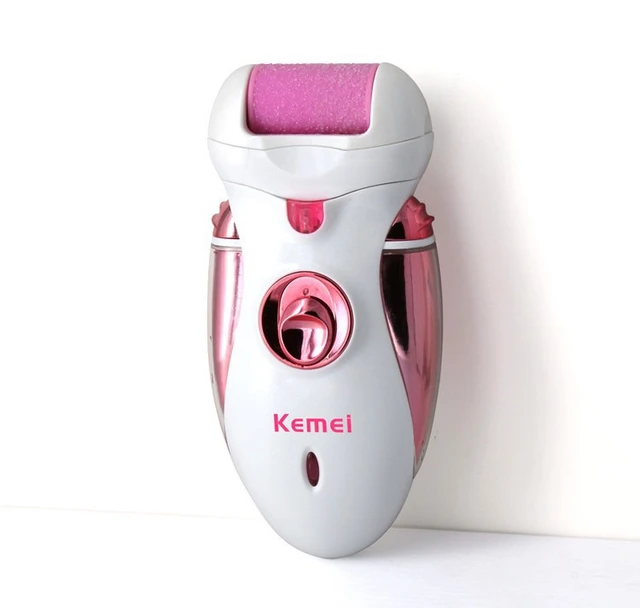
Alternative Methods for Facial Hair Removal:
If using an epilator on the face is not suitable for your hair removal needs or preferences, there are alternative methods to consider:
a. Tweezing: Tweezing involves using a pair of tweezers to pluck individual hairs from the root. This method is precise and can be suitable for shaping eyebrows or removing stray hairs. However, it can be time-consuming and may cause discomfort for larger areas.
b. Waxing: Waxing is a popular method of facial hair removal that involves applying wax to the skin and removing it along with the hair. While it provides longer-lasting results, it can be more painful and may cause temporary redness or irritation.
c. Threading: Threading is a technique that uses a twisted cotton thread to trap and remove hairs. It is commonly used for shaping eyebrows and can be performed by a professional or self-administered with practice. Threading is precise and generally well-tolerated, but it may cause mild redness or irritation.
d. Depilatory Creams: Depilatory creams contain chemicals that dissolve the hair shaft, allowing easy removal from the skin’s surface. They are quick and convenient but may not be suitable for individuals with sensitive skin and can cause irritation or allergic reactions.
e. Professional Treatments: If facial hair is a persistent concern, professional treatments such as laser hair removal or electrolysis may be considered. These methods offer long-term reduction or removal of facial hair but require multiple sessions and can be more expensive compared to other methods.
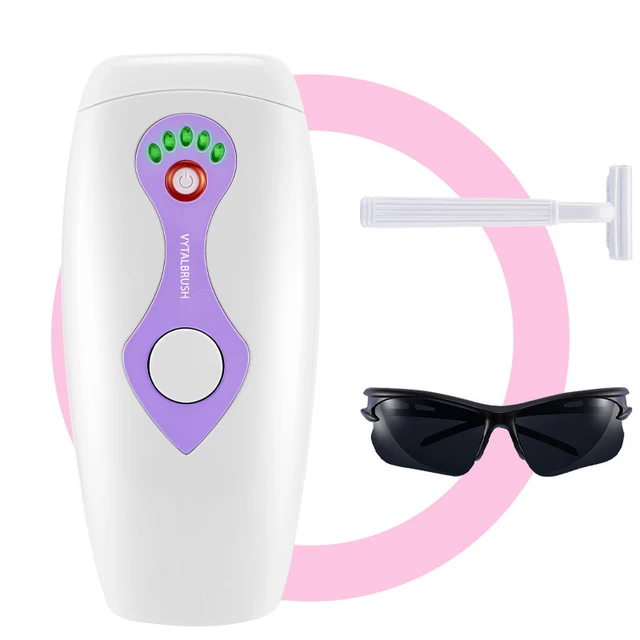
Conclusion:
Facial epilation with an epilator can provide precise and longer-lasting hair removal results. However, it requires careful consideration and attention to the specific needs of facial skin. Understanding the benefits, potential risks, proper technique, and aftercare is crucial for safe and effective facial epilation. If facial epilation is not suitable, alternative methods such as tweezing, waxing, threading, depilatory creams, or professional treatments may be more appropriate. By understanding these factors and considering personal preferences and needs, you can make an informed decision about the most suitable method for your facial hair removal.




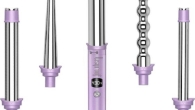
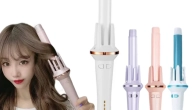
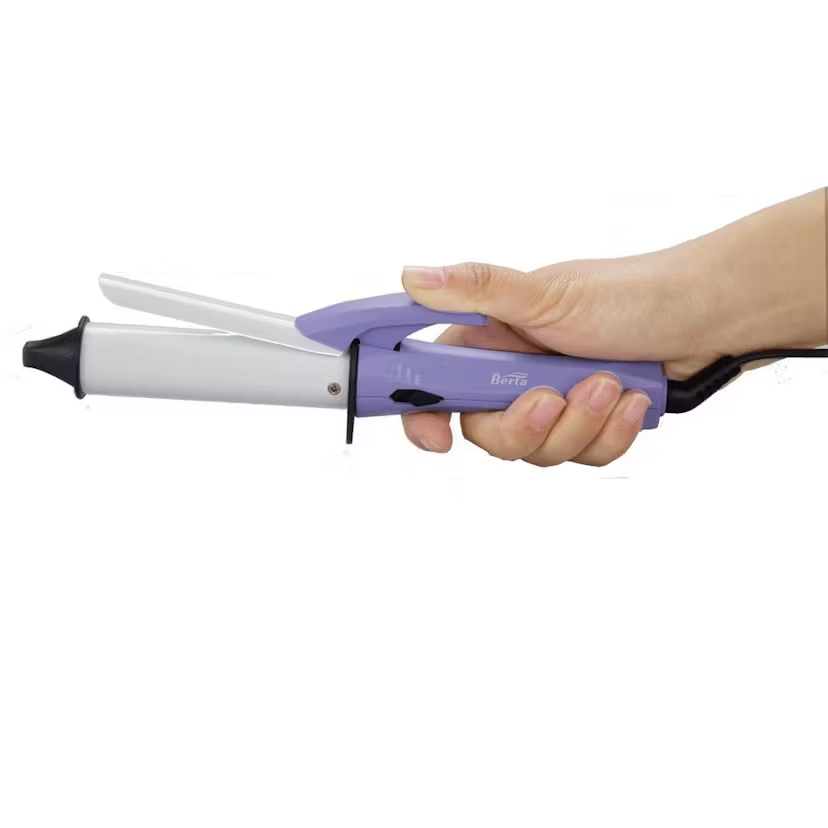
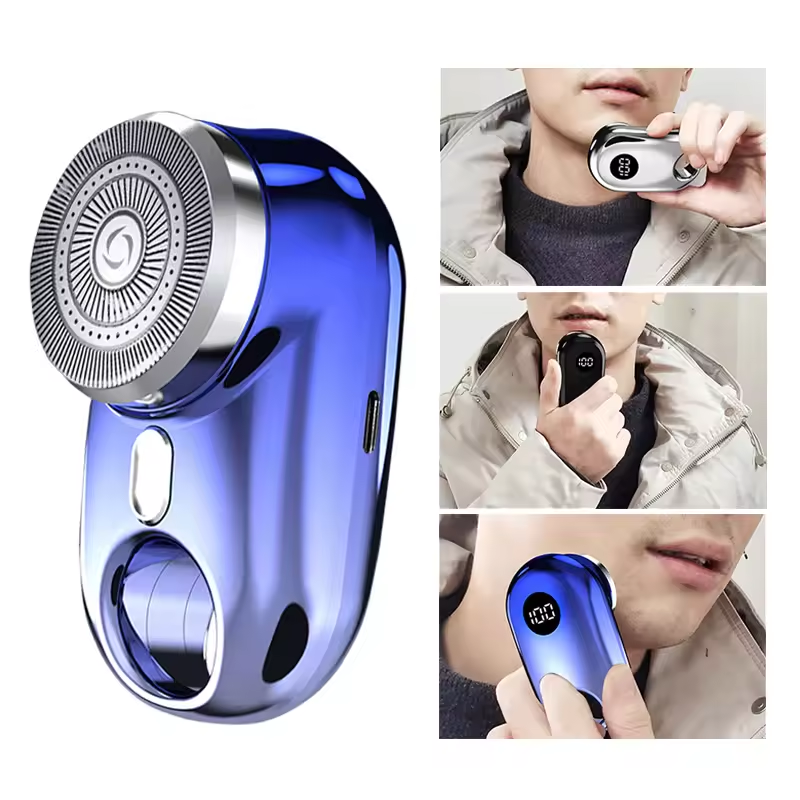
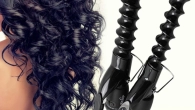
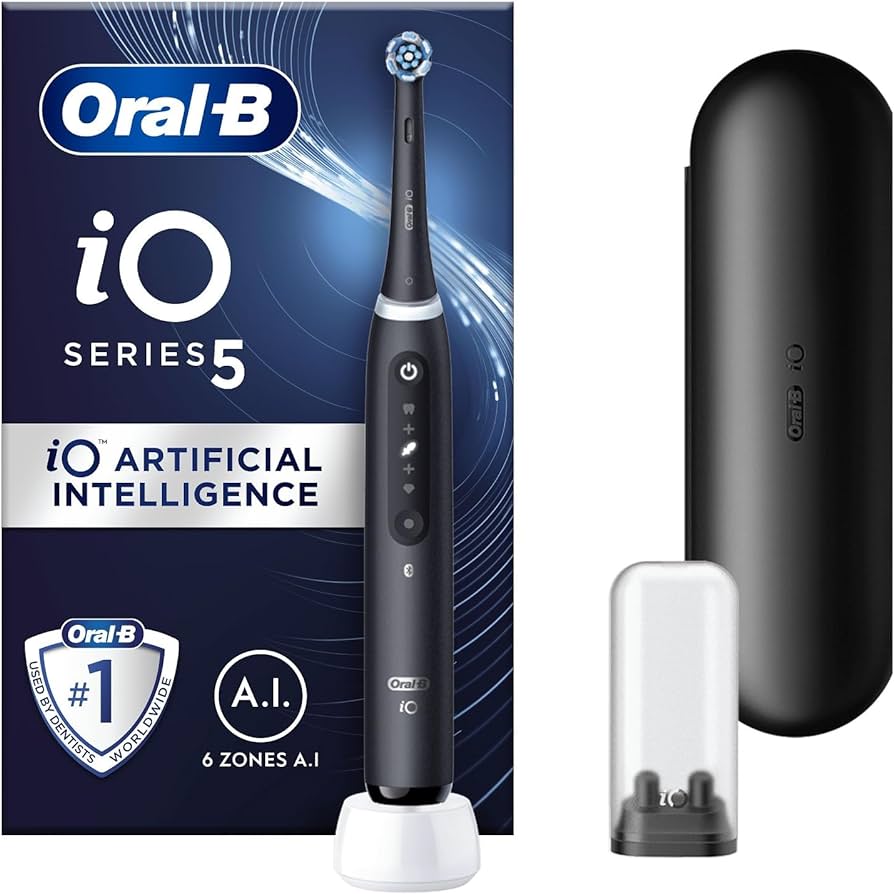

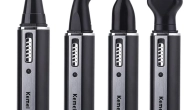
Leave a Reply
You must be logged in to post a comment.